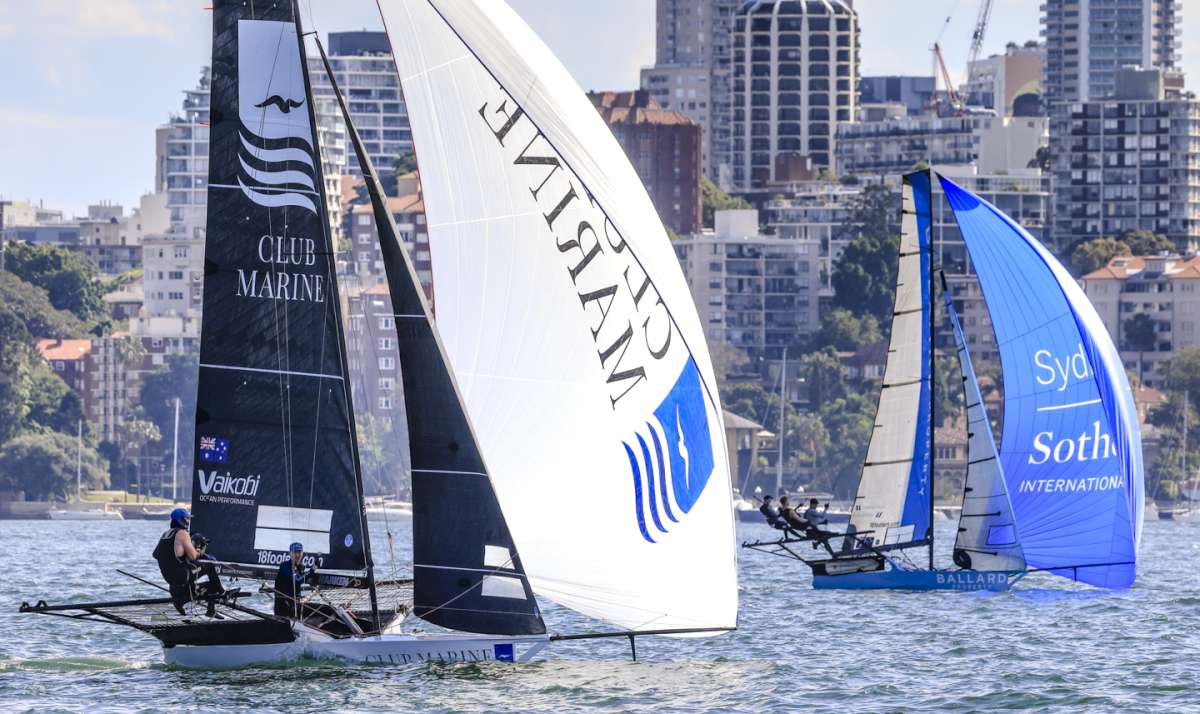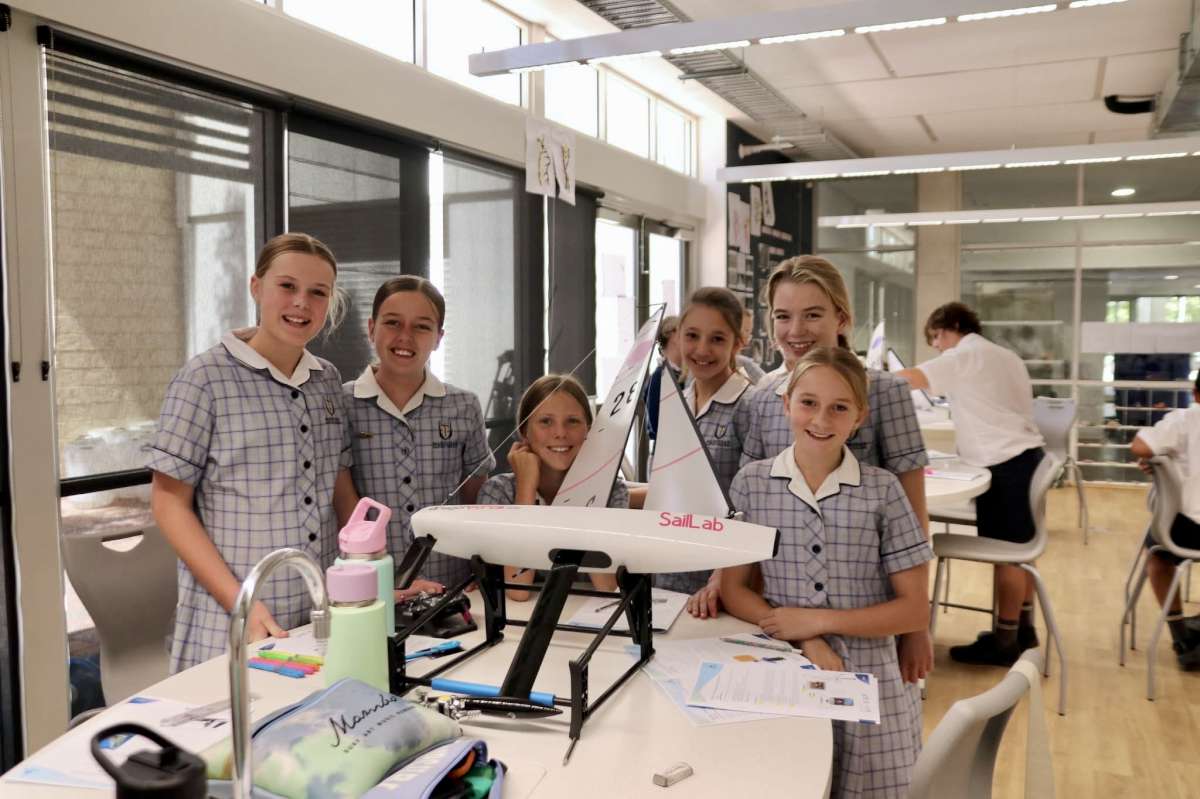Self-suffciency
I suppose you could equate cruising with the original hunter and gatherer, where you have to rely on your wits and be self-sufficient in food.
As cruisers, we live on water so our natural element is the water rather than the land. So we seek extra food from the sea and the seashore. It is a bit difficult to grow food on a yacht, but there are many that have small portable gardens on deck or in the cockpit. You see the boat arrive to drop anchor and then you sometimes notice greenery sprouting all around the cockpit. These are mostly herbs that are harvested regularly and so keep growing all the time. The problem with growing things on a boat is storage space, both at anchor and while at sea. If they fall over in a rough sea then there is soil everywhere. Small containers of wheat or bean shoots are a favourite supplement with cruisers. I sometimes think that these stem from an urge to grow something rather than starvation. If you have a dinghy stored on the yacht in the upright position then this can be a favourite storage area for the garden when travelling. I have some friends who grow their own yogurt using the heat of the engine to set it off.
Being self-sufficient in water can take a lot of the hassles out of cruising life. Many a dinghy seems to be permanently carrying a water container . This is often caused by not enough storage in the hull of the yacht. Many of the factory-designed and built yachts do not have enough water tanks. In the quest for speed, the weight of water is not wanted in the hull so insufficient space is designed in the boat to fit large storage tanks. I also think they work on the theory that most class type yachts will not be used as live-aboard's. It is then left up to the owner to create more storage space for water. As a rule, cruisers are prepared to sacrifice speed for convenience.
You can buy made-to-measure PVC tanks to fit in odd places in the yacht. The same applies to stainless steel. Some cruisers have permanent space on deck to carry drums. If you go this way, make sure they are secure enough to withstand the movement of the hull in rough weather and the possibility of taking a 'greeny' over the deck.
Having sorted the storage problem, you don't want to have to go to a marina to fill up every time you run out. Why not collect your own? You need to create a 'roof' for water to run off and be guided directly into the tanks. The roof can be created by either using the deck or erecting a PVC type catcher which doubles as a boat shade. Many hulls are not suitable to gather water off the deck with a curved cabin top and no solid toe rails. You may be able to change your deck layout to catch water. Just make sure that if you use the deck for a catcher that it gets washed well to remove the dust and salt before you direct it into your tanks. The easier version is the PVC rain/shade catcher. You can catch an enormous amount of rainwater from a well-designed catcher. Any cruising yacht worth its name has some sort of framework on the stern to hang gear on ? the dinghy, aerials, safety gear and so on. Likewise all yachts have a set of shrouds to hold up the mast. So we have four points on which to hang a roof.
Now this catcher roof should be concave, not convex. This is so the water will be caught and guided to one central point where a skin fitting is fitted to attach the hose to direct the water into the tanks. This catcher will be rather large and clipped on to the four anchor points. When not in use, it can be folded and stored. Or for short trips between anchorages, I lay mine along one side of the deck and tie it down to the bottom wire of the toe rail. It only takes five minutes to erect at your next stop.
Foraging is a great way to supplement the larder. Along the rocks of many anchorages, you will find an endless supply of shellfish. There could be oysters, mussels, cockles, periwinkles, abalone and razor fish. Availability will depend on what part of the continent you are cruising. Keep in mind that there may be laws on the amount you may harvest, but they are free. While it may be tempting, they should not be harvested near polluted areas like harbours. I always carry an oyster.
Of course, the greatest food supply from the sea is fish. It is just a matter of separating them from the water. The two methods of catching fish are to troll lures or bottom fish with bait. Any keen angler will make sure he has a decent dinghy. There are those fish that swim around the oceans close to the surface (pelagic species) that live off smaller fish, and there are those that live near the bottom and around rock structures (demersal). The pelagic are usually caught when travelling and taken by a lure. As we don?t anchor the yacht over rocks and reefs, it is usual to use the dinghy to catch bottom feeders.
One delicacy that can be caught from the yacht at anchor is squid. While some use a hand line, it is much more fun and productive to use a fishing rod. As with the shell fish, there are rules and regulations on size and number of fish taken and in Queensland, in particular, there are areas that are called ?green zones? where you are not permitted to fish. All skippers should make themselves aware of all these regulations.
So self-sufficiency has its advantages. Not only do we have a lifestyle that many envy, but we can also indulge in food that restaurants charge a small fortune for.























